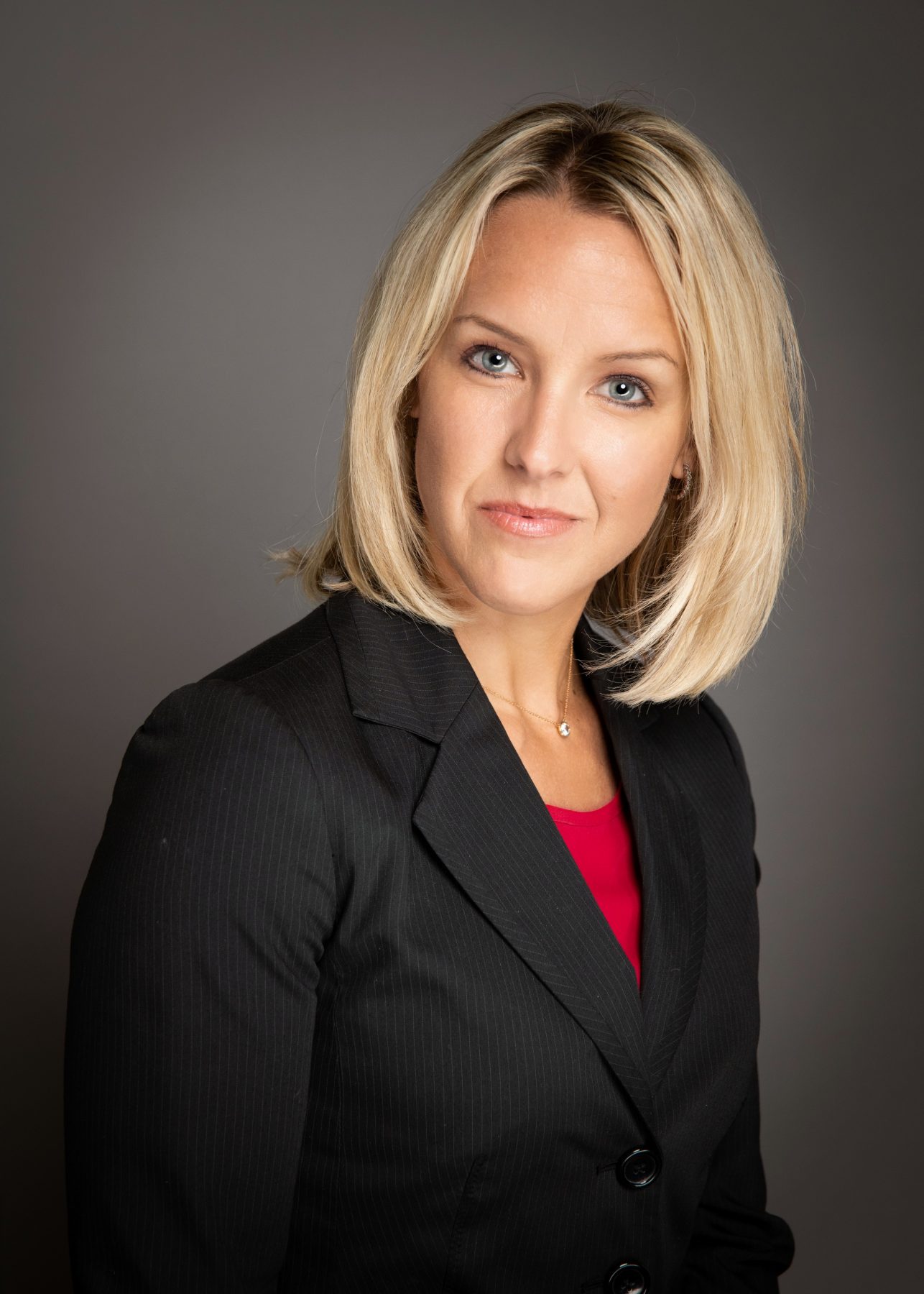
By Kirsten Book, PMHNP, FNP-BC
Eating disorders are usually diagnosed during adolescence and young adulthood, but the truth is that eating disorders do not discriminate on the basis of age, sex, or race. Eating disorders may present at any age in women and men. Unfortunately, social stigma may get in the way of older adults getting the help they need.
Betsy Brenner, author of The Longest Match: Rallying to Defeat an Eating Disorder in Midlife (Stillwater Publications, 2021), describes her own struggle in midlife when she began to battle eating disorder thoughts and behaviors. She reports that as an adolescent and young adult she had occasional negative thoughts about her weight or food. The overwhelming amount of her midlife stressors seemed to spark the eating disorder.
There are unique issues to consider when treating a patient who is in mid- to later life. For example, older women may need help coming to terms with perimenopause and normal life cycle changes. Midlife and later life is full of transitions. Just like adolescence and young adulthood, each stage of life holds many new challenges, as an individual works to get to the next stage of life.
Women in mid- to later life may be single, divorced, unemployed, in an unhappy marriage, or be living with very few healthy support systems in place. In midlife, women seem to be constantly multitasking, and taking care of their children and families even while supporting ill or aging parents. They may work outside the home or multitask at home, all the while trying to somehow take care of themselves as an individual.
Patient Vignette: A Battle with Stress
Elizabeth, a 48-year-old female, never had any weight issues or struggles with food, diet, exercise, or disordered eating in the past. She has always coped with her anxiety by running. Within the past year, she had gotten divorced, her elderly father was diagnosed with colon cancer, and her 14-year-old son began struggling in school. Elizabeth began to increase her running distances and the frequency of her workouts. Soon she was working out nearly 2.5 hr. daily.
She was so stressed that she had little time or energy to eat, and she frequently would grab protein bars or shakes. It was not until Elizabeth passed out on a long run that she realized she really was struggling not only with stress but might have a life-threatening eating disorder.
At work, she did not have any more paid time off; she was the only one able to care for her father, and her ex-husband had moved out of state. She used all these reasons to explain why she was not able to see an outpatient therapist or dietitian. After continuing to put her work and family before her own health, her eating disorder and the stress made it difficult to function. After discussion with a new therapist, she decided she had to make some changes in her life to survive.
The challenge of accepting help in midlife
It is more difficult as a middle-aged individual to accept needing help. Just as with Elizabeth in the patient vignette, work, children, parents, and the daily stressors of life often get in the way. When such individuals feel life is out of balance, he or she may try to regain control through food and body issues. Many times the question remains: Do the symptoms and presentation represent a continuation of a lifelong disorder or a late-onset disease?
According to midlife eating disorder specialist Dr. Holly Grishkat, most women who struggle with later-life eating disorders may actually have had an eating disorder all their lives, even dating back to when they were young. Others might have developed an eating disorder for the first time in midlife. A history of struggling with an eating disorder in the past may predispose an individual to relapse later in life.
Midlife or later-life eating disorders can cause the same emotional and physical havoc seen in younger patients. Unfortunately, the eating disorder is just as deadly for the older adult, but with it comes more embarrassment and shame, which have become the main barriers for older adults who avoid getting help (Rowel, 2020).
Triggers
Stressful life events and depression seem to be the most common precipitating events in late-onset eating disorders. According to a study by Lapid and colleagues (Int Psychogeriatr. 2010. 22:523), 54% of patients report that a stressful event occurred before the development of the eating disorder.
Triggers such as divorce, the death of a parent or spouse, finances, “the empty-nest syndrome,” and a visibly aging body, along with societal pressure to stay thin and youthful, contribute greatly to the stress. Due to the pressures of career, finances, and family commitments, older women find it difficult to make time for treatment. Also, later in life, women can be more set in their ways and may lack insight into the fact that their disordered eating is a problem.
Often, for both the young and older populations, disordered eating behavior becomes a top coping skill. Many older adults may isolate themselves and start using eating disorder behaviors after they have reduced social interaction with others. This behavior may also act as a way to regain power they feel they have lost due to aging. Sadly, the eating disorder may even be a slow form of suicide.
Body Dissatisfaction
One of the main risk factors for mid-aged and later-life eating disorders is body dissatisfaction. Women appear to be more critical of their bodies and compare it to their “thinner, more youthful, and desirable” physiques. Many women in midlife and beyond may struggle to accept the varying normal body changes that occur throughout mid- and later life. The signs of aging (wrinkles, hair loss, changes in the body) begin in the mid- to late stages of life. At the same time, women live in a society that prizes thinness. Thus, the older woman may constantly compare herself not only to her more youthful self, but to many other younger women.
The fear of aging is definitely related to disordered eating, and the drive for thinness is increased in middle-age and older women. Some argue that women in their middle age to later life begin to feel more devalued by society as time goes by. This manifests as feelings of shame, grief and loss, and greater preoccupation with body image. Other women may even seek more control and attention through disordered eating.
Comorbidities
Depression and anxiety are prevalent in women with eating disorders occurring later in life. Some studies show that women with eating disorders in mid- to later life are less likely to have a problem with substance use, self-harming behaviors, and suicide attempts, but have more problems with anxiety, depression, and other mood disorders (https://www.verywellmind.com/midlife-eating-disorders-4177137). In addition, even if the medical complications of late-life eating disorders are the same ones underlined for early-onset eating disorders, the risk of death due to cardiovascular, metabolic, gastric and bone disorders is considerably higher among older patients.
The Impact of Hormones
Hormonal fluctuations that occur during the perimenopause can also be a risk factor for the development or maintenance of eating disorders in midlife. It is well known that sex hormones exert a fundamental role in the control of eating behaviors. Estrogens in particular reduce food intake, whereas progesterone and testosterone increase it, promoting bulimia and abdominal obesity (Aging Dis. 2014. 6:48).
Stigma
Unfortunately, middle-aged and older patients struggling with an eating disorder face double stigmatization. First, the eating disorder itself is highly stigmatized. Also, because it is considered a disorder of the younger population, there is further stigmatization due to the patient’s advanced age. Shame may then paralyze older adults, isolating them further and preventing them from seeking help.
Patients report that when they disclose their eating disorder to their clinicians, many are in disbelief, confused, and skeptical. Also, website and treatment facilities are seen as unhelpful, as they are solely focused on younger patients. It is difficult and uncomfortable to go to a treatment center where most patients are younger than 35. Many adults in mid- or later life feel uncomfortable participating in such group sessions. Thus, many older adults are not well suited for treatments geared specifically to teens and younger adults.
Researching for help online may not be helpful, since most of the articles and research are, once again, geared to the adolescent and younger adult population. On the other hand, many of the adolescents and college-aged women cannot relate to the challenges faced by those in midlife or older. Ultimately, many women in midlife and later may feel ashamed to reveal that they are struggling with an eating disorder.
Older Men with Eating Disorders
Older men are also affected by eating disorders. Approximately 1 in 3 persons experiencing an eating disorder is male, according to the National Eating Disorders Association (NEDA; https://www.healthline.com/health/eating-disorders/eating-disorders-in-men#Why-are-body-concerns-among-men-on-the-rise). Men frequently present with binge eating disorder (BED) and anorexia. Older men may also have different motivations to restrict. For example, anger may be an underlying issue, possibly due to unrealized goals and expectations.
WEBSITES FOR OLDER ADULTS
Men are typically defined by their occupations, and retirement can leave a man with a feeling of loss of purpose, which may then lead to overeating or restricting food intake. Also, due to the stigma and shame around having an eating disorder, many men will not seek help.
Sadly, some individuals may have fewer future goals for recovery because they see themselves in an end-of-life phase, and already anticipating future poor health or death. Recovering from an eating disorder can be much more hopeful for young adults, as there is a whole life ahead. These young adults have a more optimistic view of a brighter future ahead (if they choose recovery).
Early recognition and proper treatment of eating disorders in middle- to later-age patients are essential to reduce the psychosocial and medical impact of the disorder and to improve the patient’s quality of life. It is essential for them to find a treatment program or therapist they feel they can trust.
Eating disorder recovery is always possible, especially in a treatment program that addresses the specific needs and challenges uniquely faced by older women and men. Many think that they can magically grow out of eating disorders when they leave adolescence. Nothing could be further from the truth.
Suggested Reading
Baxter E. Eating Disorder Hope. https://www.eatingdisorderhope.com/blog/men-and-women-aging-and-developing-eating-disorders.
Men and Women Aging and Developing Eating Disorders. https://www.eatingdisorderhope.com/blog/men-and-women-aging-and-developing-eating-disorders
Brenner B. The Longest Match: Rallying to Defeat an Eating Disorder in Midlife (Amazon Books, 2021).
Eating disorders in late life: implications for clinicians. Psychiatric Times. 2014. 31:11.
https://www.psychiatrictimes.com/view/eating-disorders-late-life-implications-clinicians.
Healthline. https://www.healthline.com/health/eating-disorders/eating-disorders-in-men#Why-are-body-concerns-among-men-on-the-rise? Eating Disorders in Men Are Not Talked About Enough — and They’re on the Rise.
Lapid MI, Prom MC, Burton MC, et al. Eating disorders in the elderly. Int Psychogeriatr. 2010. 22:523.
Lowell S. Eating Disorders and Older Adults. CSA J. 2020. 78:15.
Luca A, Luca M, Calandra C. Eating Disorders in Late-life. Aging Dis. 2014. 6:5.
Muhlheim L. 2021. Eating disorders in midlife. https://www.verywellmind.com/midlife-eating-disorders-4177137.
Pietrangelo A. Eating disorders plaguing older women. 2023. https://www.healthline.com/health-news/eating-disorders-plaguing-older-women#There-is-a-way-out
Rowel S. 2020.
https://cdn.ymaws.com/www.csa.us/resource/resmgr/docs/journals/journal_78/Rowell.pdf.
The Author

Kirsten Book, PMHNP, FNP-BC
Kirsten Book is a dual board-certified family nurse practitioner and psychiatric nurse practitioner who specializes in treating adolescents and adults struggling with eating disorders, substance use, and co-occurring disorders. She has an outpatient private practice in Chicago and is the Medical Liaison for iaedp. She often speaks at local schools to help educate adolescents and staff about eating disorders prevention and treatment.

